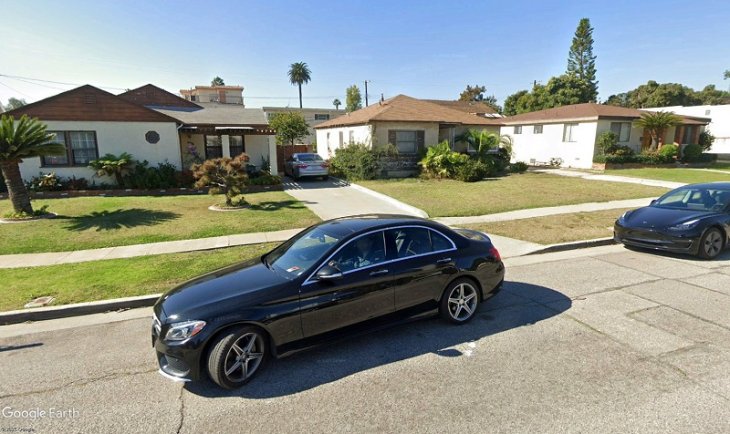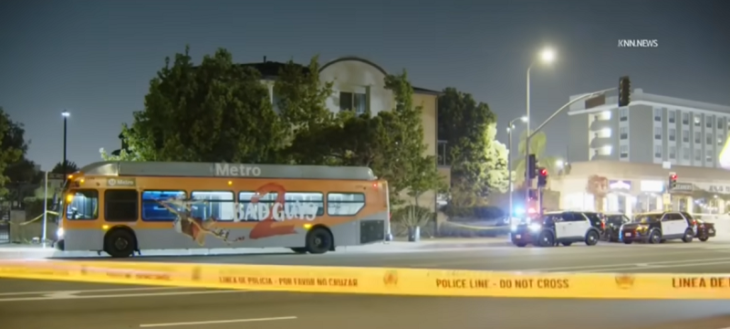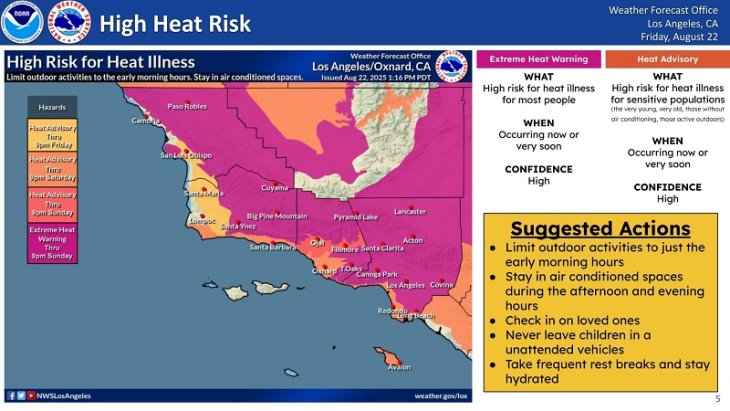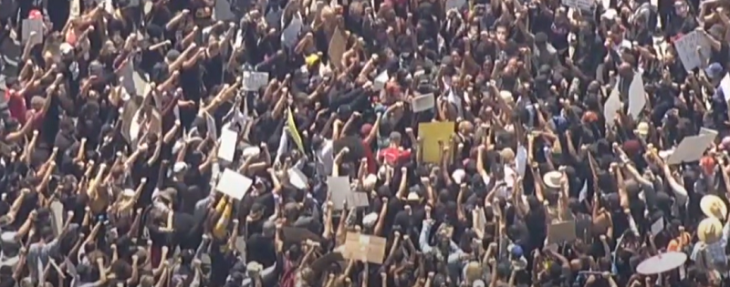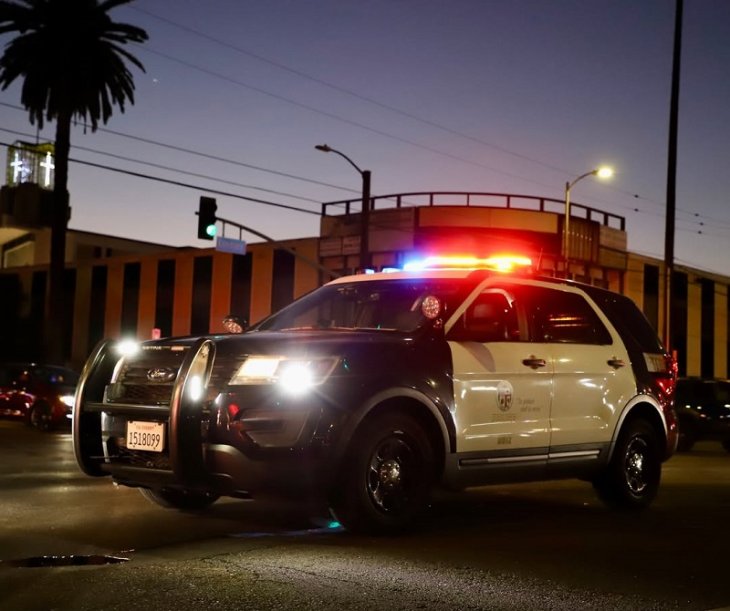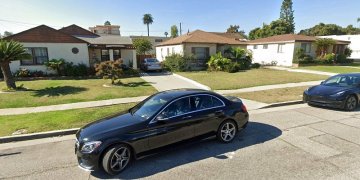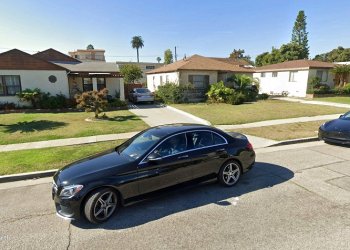
Southern California kelp showed no signs of soaking up radiation from the 2011 meltdown of three nuclear reactors at Fukushima, Japan, in the wake of an earthquake-generated tsunami, researchers said today.
Kelp Watch 2014, co-directed by researchers at Cal State Long Beach, uses coastal kelp beds as detectors of radioactive cesium 134 in seawater.
So far, no cesium 134 has been detected in kelp collected anywhere along the West Coast, though low levels of cesium 137 was found in all samples.
Scientists believe that came from nuclear weapons testing in the Pacific Ocean in the 1950s and 1960s.
The study, which includes the monitoring of local kelp beds off the coast of Malibu, Palos Verdes and Long Beach, aims to analyze the impact of the disaster along California’s shores and the entire West Coast, according to Steven Manley, a Cal State Long Beach biology professor involved in the study.
The most recent testing was done on kelp samples collected in February and March.
According to estimates, radioactive isotopes from the wrecked Fukushima nuclear power plant were expected to arrive in California as early as last month and could linger well after 2016.

